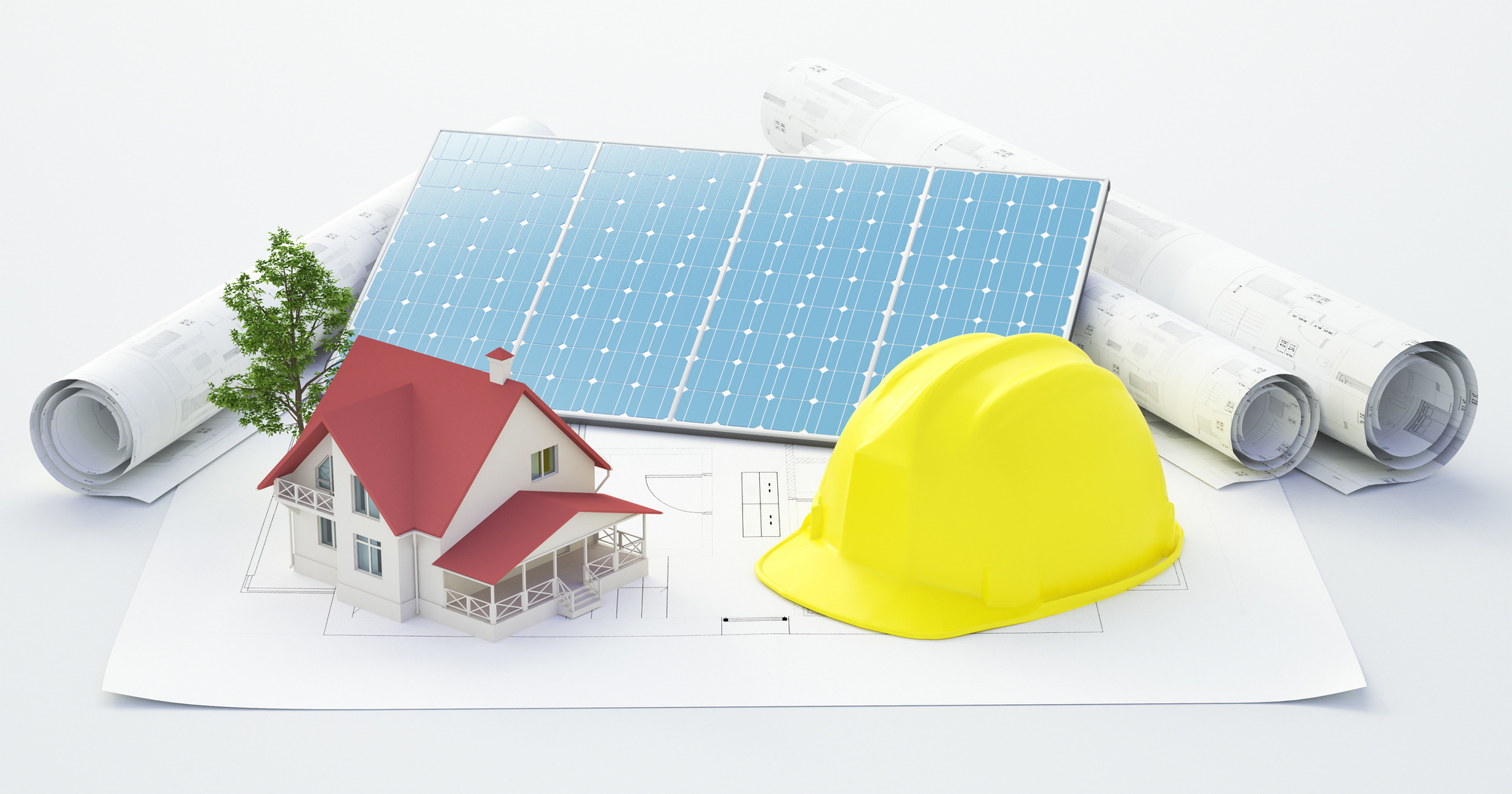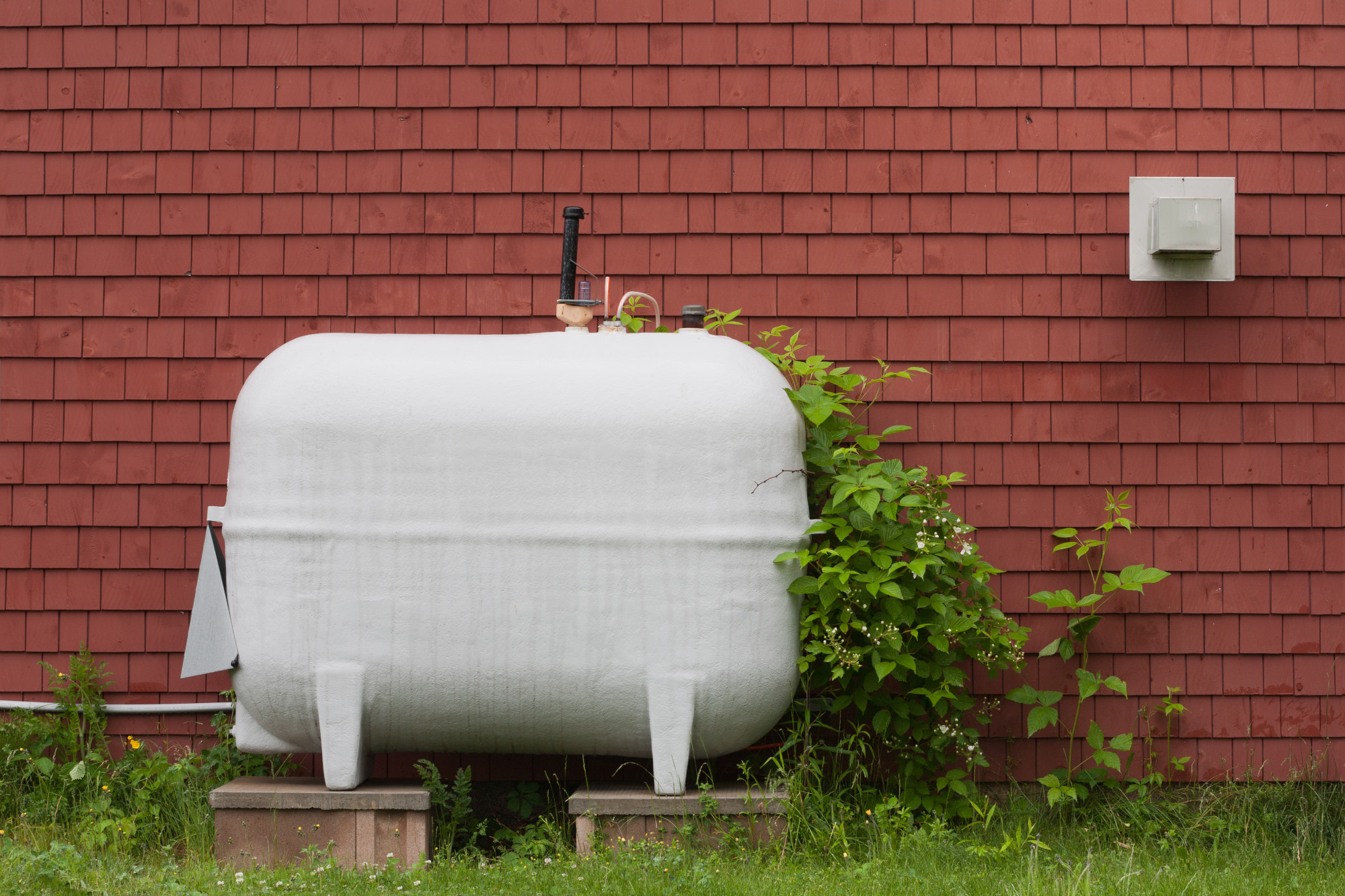There are many reasons to go green when it comes to construction. Keeping the planet’s health in mind when we build isn’t always easy but it is noble.
Of course, there is something wrong with the way we keep contaminating the Earth. Do we have to ditch the car and the dream house for a bicycle and a dorm room to reduce our carbon footprint?
How can we change the way we live without giving up the things we love? Eco-friendly building is the secret. Read ahead to learn more about green architecture.
7 Tips for Creating an Eco-Friendly Building
There are plenty of ways to reduce the impact of your construction project. Some are simple and others, not so much.
Here are seven tips for those thinking environmentally. Construction projects can be green and practical.
1. Plan Ahead
Environmentally friendly buildings don’t just happen by accident. Ideally, they all begin with carefully made eco-friendly house plans.
As with all building projects, you have to carefully consider the location. This has a massive impact on basically every aspect of the construction process.
Budgeting is a must. The worst-case scenario is to exceed your limit in the middle of the project and not be able to properly finish.
2. Size Is Important
The McMansion fad is (thankfully) slowing down yet you still have plenty of people who insist on building the largest house possible for their family of 3.5 people and one labradoodle.
How many “Live, Laugh, Love” signs do you need to fit?
In all seriousness, smaller houses tend to be much more sustainable. They require less building material, fewer tree removals, and are easier to power.
3. Respect and Work With Nature
If you are interested in green living, we’d assume that you are pretty into nature. We like that kind of thing.
Of course, an ‘eco-friendly’ house won’t do the world much good if you have to bulldoze a few acres of untouched forest.
Don’t worry. It doesn’t mean you have to live in a tent. Just be conscientious of local plants and wildlife.
4. Renewable Energy
At the heart of the climate crisis is the renewable energy debate. Just how do you get the power you need without wasting resources?
Examples of sustainable energy resources include solar, geothermal, wind, and hydroelectric.
Oftentimes, the initial cost to buy and install these systems can be significant. However, it tends to even out over time and you might even produce surplus energy. Check out this page for more info about solar contracting in Tampa.
5. Window Efficiency
The amount, placement, and characteristics of your windows play a big role. Depending on where you live, the right windows will help you preserve heat or keep things cool.
6. Heating and Cooling
Many people spend well over $100 running their air conditioners. Floridians spend 27% of their electricity usage on air conditioners.
That’s more than four times the national average.
Anything that makes this system run more efficiently can help you cut costs when the electric bill comes.
7. Durability
Constructing homes and buildings that are built-to-last is crucial for truly eco-friendly buildings.
This prevents the need for more and more resources to be used.
Building With the Earth in Mind
We’ve been too careless for too long. We can say that we didn’t know better back then but that time is over.
Choosing to design an eco-friendly building is a practical way to reduce your impact.
Check out the blog for more articles about issues in the world of energy.










